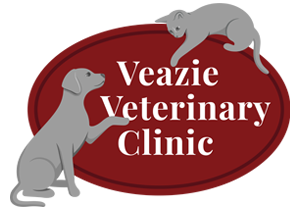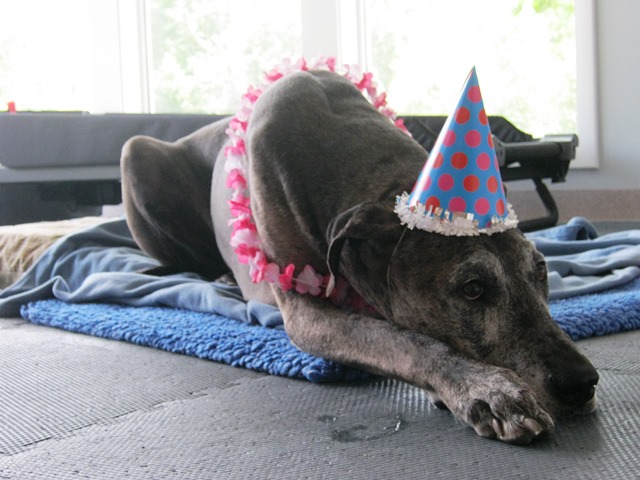Comprehensive cancer treatments can involve staging of the cancer, surgical removal of the primary tumor, and chemotherapy treatments, as well as addressing pain control, nutrition, and overall health and wellness concerns. Some cancers require further testing on removed tissue to determine the sub-type, aiding in choosing a chemotherapy protocol and in providing a prognosis.
Chemotherapy is a word which carries a heavy burden of negative associations for most people. People are often very sick while undergoing cancer chemotherapy, however the treatment process is different in many ways for our beloved companions. Veterinarians use chemotherapy to give animals a longer life than they would otherwise have, but more importantly, to also make that life more comfortable. The goal in cancer treatment of pets is to minimize the negative aspects of treatment so that the pet can have the best life possible. Dogs and cats do not get as sick as people do with chemotherapy, and hair loss occurs rarely, usually only in certain breeds. Although veterinarians use the same drugs as those used in people, they do not treat as aggressively, thus reducing side effects. Therefore, chemotherapy does not eradicate any chance of recurrence.
Treatment time varies with the type of cancer. For instance, the most common lymphoma protocol takes about six months to complete, whereas the most common hemangiosarcoma protocol takes about four months to complete. Most treatments are done every 2 – 3 weeks, with recheck bloodwork done in between. Patients usually stay for only part of the day at each treatment. Most, but not all, treatments are given intravenously.
Aside from chemotherapy, there are many things that can be done to assist a cancer patient. Surgery can be helpful in dealing with the consequences of a mass, improving quality of life. Pain management is critical, and can be approached many ways. There are many different classes of medications that can reduce pain. Rehabilitation, assistance with movement, massage and acupuncture reduce pain and increase quality of life.
Good nutritional support is another area that is vital, and often takes some ingenuity. Offering a variety of foods helps most patients, and something they will eat one day is not necessarily what they will eat the next! The most important support comes from the family, providing loving care and special attention to favorite activities. This is a time when “spoiling” is OK!
When treatments are done, the veterinarian monitors for any signs of recurrence with recheck exams and testing. Some patients receive oral medications at home for the rest of their lives. If the cancer recurs, sometimes a “rescue protocol” can be used to achieve remission again. If remission cannot be achieved, care is provided similar to hospice care in people.
While cancer is a serious disease in all its forms, it is good to know that there are many ways to help our beloved companions have good quality of life after diagnosis





